
- The term ‘robot’ comes from the Czech word ‘Robota’, that means ‘Drudgery’ or ‘hard work’ and ‘forced labor’.
- George Devol invented the first digital operated robot.
- A robot is a machine that is designed to do tasks without the help of a person.
- Robots only do what they are programmed.
- Crude Robots have defused bombs for over 40 years. Furthermore, they take away the risk of human intervention for bomb diffusion.
- In contrast to some fictional movies, robots do not have feelings or emotions. However, there is a development of Sentient Robot where it explores consciousness and artificial intelligence.
- The first robot accident happened in 1981 when a robotic arm crushed a Japanese factory worker.
- Japan uses about half a million industrial robots, that’s half of the total robot population in the world!
- NASA’s robot ‘Spirit’ and ‘Opportunity’ have logged 10.5 miles trudging across planet Mars for more than 3 years.
- Elektro is the world’s first humanoid robot. Elektro is the nickname of a robot built by the Westinghouse Electric Corporation.
- The Robot Elektro appeared in the 1960 movie, ‘Sex Kittens Go to College’.
- Researchers from Australia are creating a microbot that can replicate the swim stroke of a bacteria called E. Coli. In particular, it will be used as an injectable into a patient to take a biopsy from the inside.
- Kevin Warwick is the first self proclaim cyborg since he has implanted computer chips in his left arm. Consequently, he remotely operates doors and gadgets connected around him.
- According to futurists, robots can emerge as their species by the year 2040.
- Android is the term for robots that resembles human.
- In the year 1945, Leonardo da Vinci sketched detailed plans for a mechanical knight to illustrate his idea about the future and robotics.
- In the year 2002, Mark Roshiem created a prototype of da Vinci’s robotic knight that could talk. Mark Roshiem also used Leonardo da Vinci’s designs as inspiration for robots he developed for NASA.
- The company iRobot (an American advanced technology company founded in 1990) had sold more than 20 million robots worldwide.
- Robots are emerging to be a part of solid military power.
- The US Marines has a robot (LS3, Legged Support System) that walks on four legs. Furthermore, it can carry up to 400 pounds of equipment and moves across the terrains like a mechanical mule.
Robot Facts Infographics
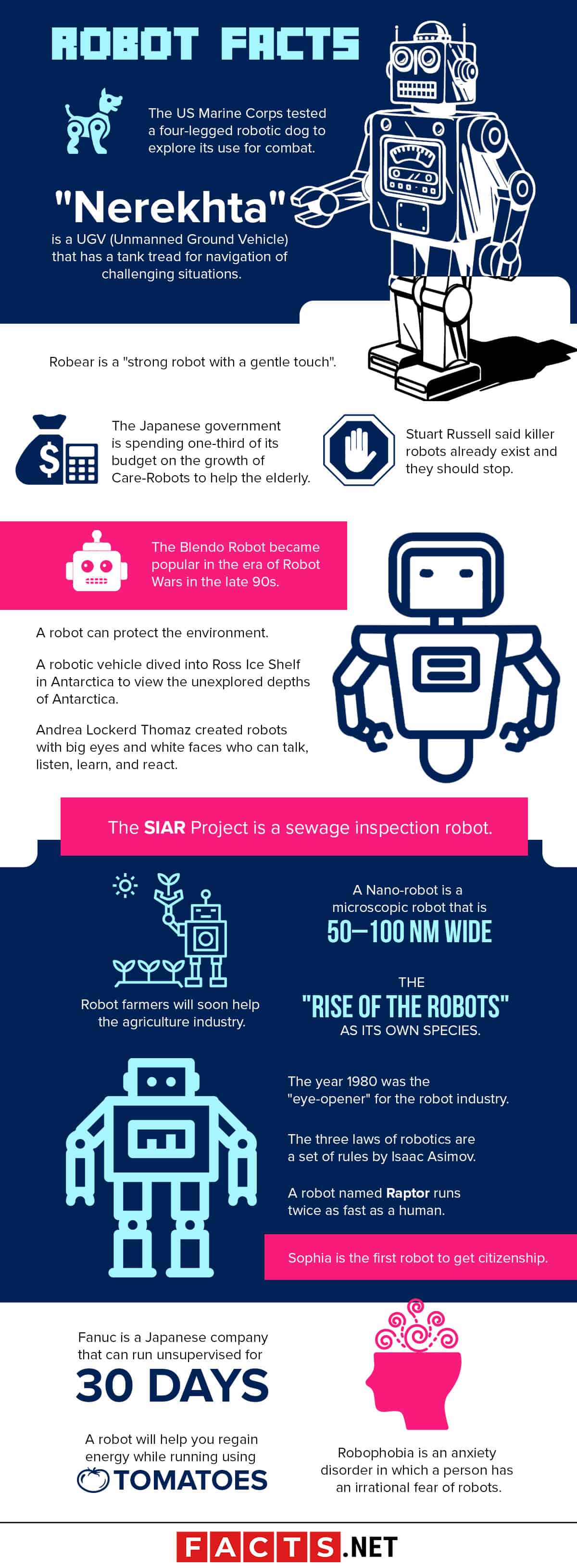
The US Marine Corps tested a four-legged robotic dog to explore its use for combat.
Robotics is constantly evolving. The US Marine Corps tested a four-legged robotic dog to explore its use for combat. The prototype, named Spot, was made by Google X’s Boston Dynamics.
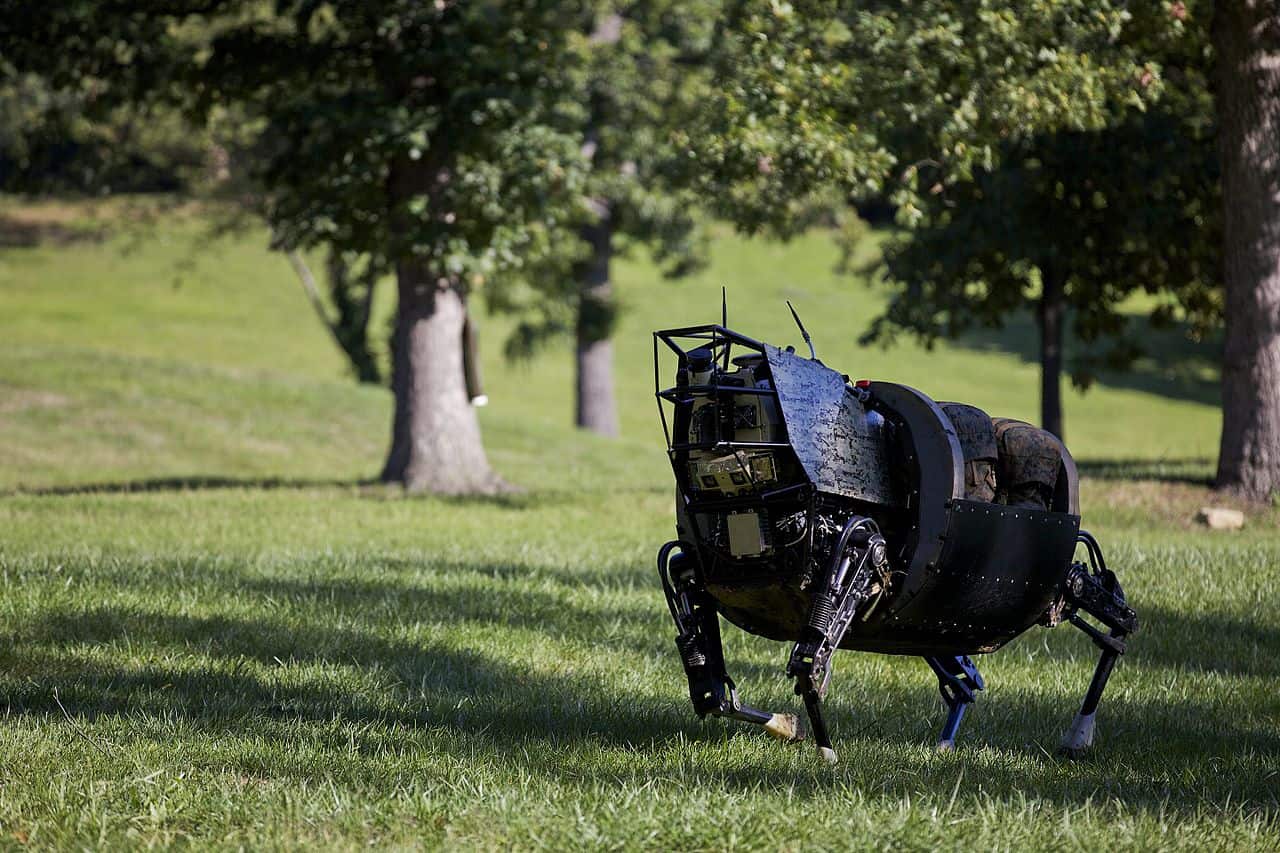
"Nerekhta" is a UGV (Unmanned Ground Vehicle) that has a tank tread for navigation of challenging situations.
Several military groups have been using drones for years now. While on the other hand, the Russian military is currently testing “Nerekhta”. It is a UGV (Unmanned Ground Vehicle) that has a tank tread for navigation of challenging situations. Moreover, the UGV has machine guns, grenade launcher, and antitank guided missiles. And finally, the main idea is to create a self-driving vehicle that has artificial intelligence.
Stuart Russell said killer robots already exist and they should stop.
Stuart Russell said killer robots already exist and they should stop. Accordingly, they plead their case to the United Nations and request for a global ban for these killer robots.
The Japanese government is spending one-third of its budget on the growth of Care-Robots to help the elderly.
Currently, 25% of Japan’s population is over 65 years of age, and by the year 2065, it is anticipated to rise to 40%. As a result, the nursing-care robot market has rapidly increased. Thus, the government is spending one-third of its budget on the growth of care-robots to help the Japanese elderly.
Robear is a "strong robot with a gentle touch".
Robear, a nursing robot developed by a Japanese company, is a “strong robot with a gentle touch”. Above all, the Robear uses advanced technology to power its intelligent vision, flexible movement, and giant arms strong enough to lift a human right off the ground.
The Blendo Robot became popular in the era of Robot Wars in the late 90s.
Jamie Hyneman, the co-host of the TV series Myth Busters, built the Blendo Robot. Blendo is a full-body spinner weapon that became common in Robot Wars. In particular, Robot Wars is a TV show where robot-inventors showcase their robots for combat and battle.
A robot can protect the environment.
The battery detector robot is created to detect used batteries to protect the environment from hazards. With this purpose in mind, the robot ensures that all battery components can be recycled. Besides, the system uses a standard ABB robotic arm with special sensing and grasping gear.
A robotic vehicle dived into Ross Ice Shelf in Antarctica to view the unexplored depths of Antarctica.
For this purpose, the robot was formed by a group of engineers and scientists from the Georgia Institute of Technology. Moreover, the robot dove through a 12-inch diameter hole in the ice and down 500 meters into the seafloor. Finally, the robot reveals why the Ross Ice Shelf melts rapidly in summer. Consequently, the team found that the main source of ocean heat causing the ice shelf to melt was sunlight warming the upper ocean after the region’s sea ice disappeared in the summertime.
Andrea Lockerd Thomaz created robots with big eyes and white faces who can talk, listen, learn, and react.
Andrea Lockerd Thomaz created Simon and Curie—robots with big eyes and white faces who can talk, listen, learn, and react. Also, Andrea Thomaz concentrates on robot-human interaction. While on the other hand, she is working towards the artificial intelligence of robots to relate in human terms such as gestures and speech.
The SIAR Project is a sewage inspection robot.
The SIAR is a sewage inspection robot. It is a prototype autonomous ground robot that navigates and inspect sewage systems. Inspecting sewers can be a dangerous job, or sewers are awkward places to work for humans, the SIAR project is a perfect substitute.
Robot farmers will soon help the agriculture industry.
Robot farmers are programmed to plant seeds, weed, water, and spray without a farmer needing to go into the field. Most noteworthy, researchers are developing these robot farmers to harvest crops as well. Experts predict that those robots will work in the near future.
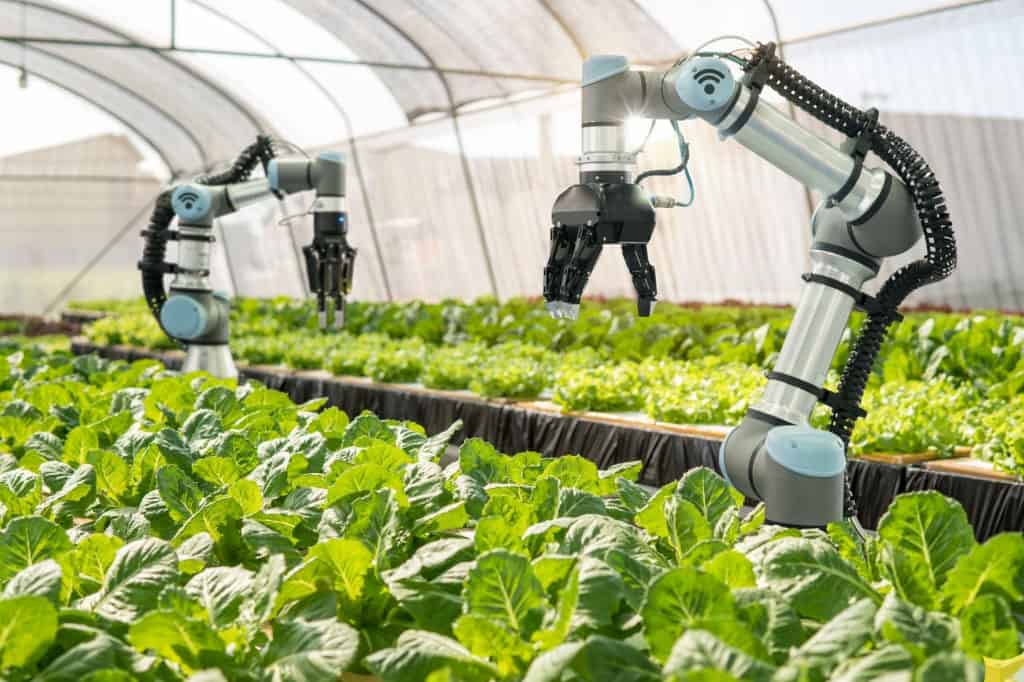
A Nano-robot is a microscopic robot that is 50–100 nm wide.
A Nano-robot is a microscopic robot that is 50–100 nm wide. They can be used efficiently for drug delivery in the human bloodstream along with delicate surgical procedures that can support standard surgery.
The "Rise of the Robots" as its own species.
Robots can emerge as their own species by the year 2040. According to the founder of Carnegie Mellon’s Robotics Institute, robots can soon replace the human for manual work and tasks. Therefore, there can be a new era of “Rise of the Robots” sooner or later.
The year 1980 was the "eye-opener" for the robot industry.
The car industry was the first market for robots in their early stages of development. For that reason, 70% of robot demands were for use in car factories, and robots handled tasks such as spot welding, painting, and dispensing. Hence, 1980 was the “eye-opener” year for the robot industry.
The three laws of robotics are a set of rules by Isaac Asimov.
Isaac Asimov, a science fiction writer, presented the three laws of robotics that governed the behavior of robots in the year 1942. The laws stipulated that robots must not hurt human beings. In contrast, they must obey human beings and must preserve their own life unless they violate the first or second law.
A robot named Raptor runs twice as fast as a human.
The Institute of Science and Technology, Korea created a sprinting robot named Raptor. The robot is designed to sprint faster than a human, running as fast as 46 kilometers per hour. Above all, this robot is inspired by the Velociraptor, a dinosaur from the Cretaceous Period which can run up to 64 kilometers per hour.
Sophia is the first robot to get citizenship.
Sophia is a social humanoid robot. Most noteworthy, Sophia is the first robot to get citizenship from Saudi Arabia on October 25, 2017. This robot uses visual data processing, facial recognition and also imitates human gestures and facial expressions.
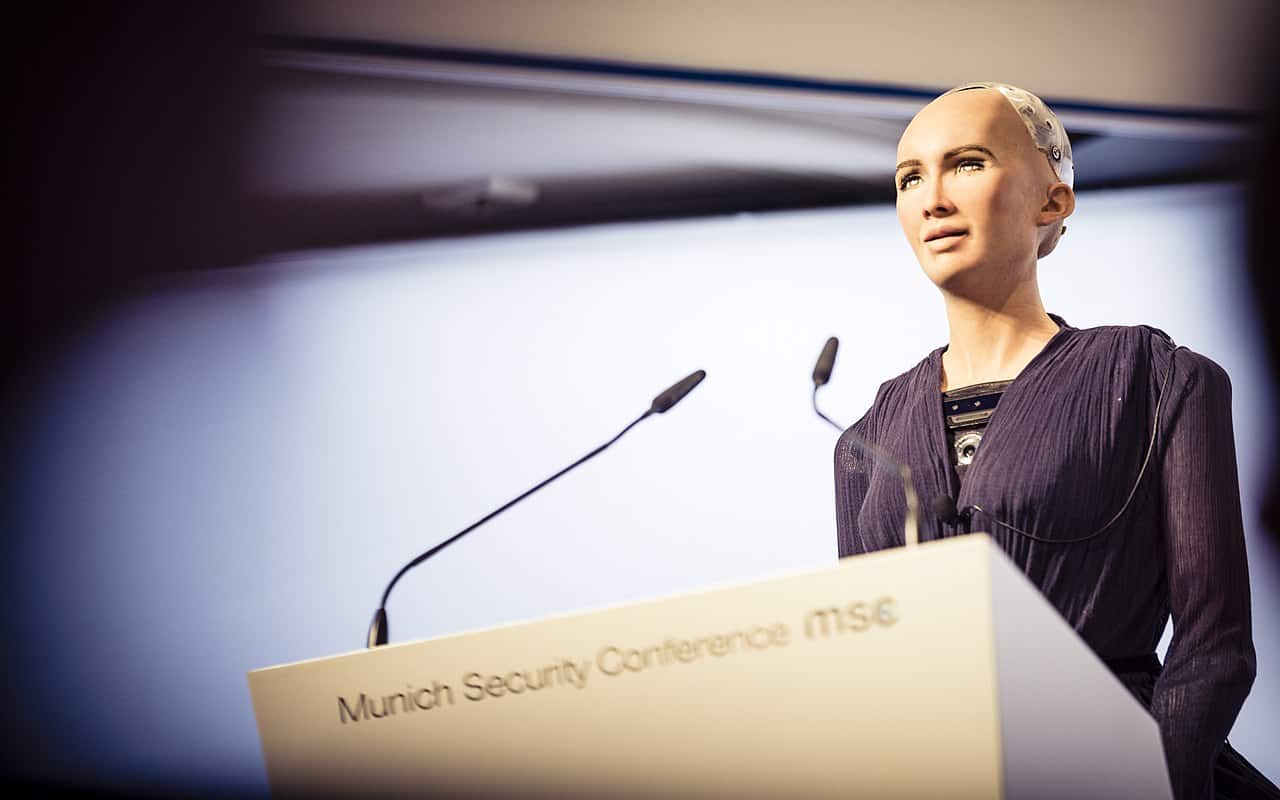
Robophobia is an anxiety disorder in which a person has an irrational fear of robots.
In contrast to their professions, tech moguls like Elon Musk and Bill Gates have a disorder called Robophobia. This disorder may be common for most people who find it bizarre when a robot is socializing with humans.
Fanuc is a Japanese company that can run unsupervised for 30 days.
Fanuc is a Japanese company that can run unsupervised for 30 days at a time. They believe that robotic manufacturing will improve productivity and yet, on one hand, the cost of the expenses would go lower. Above all, FANUC has been doing it since 2001.
A robot will help you regain energy while running using tomatoes.
A Japanese vegetable juice company created a robot that sits on your shoulders and offers you tomatoes while running. Tomatan is a robot that weighs 18 pounds that dispenses a tomato using circular metal arms down over the person’s mouth while running. Did you know that fresh tomatoes are known to combat fatigue?
Janken is a robot that wins rock paper scissors 100% of the time.
Janken is a robot that wins rock paper scissors 100% of the time. This robot uses high-speed recognition and reaction, rather than prediction. In other words, the robot is technically “cheating” since it reacts extremely quickly to what the human hand is doing.
The proper term for a female robot is “Gynoid”.
The term “Android” refers only to a male looking robot. In contrast, the proper term for a female robot is “Gynoid” where they appear widely in science fiction film and art.
Most computerized robot voices tend to be female.
Technically, robots are genderless, but the voices given to the computerized robots tend to be female. One of the reasons is that females traditionally are lovely and caretaking.
Robotic prosthesis can read brain signals and they work like a real human body part.
For those people who have lost their hands, arms or legs in an accident may opt for robotic prosthesis. Robotic prosthesis can read brain signals and can turn this prosthesis into action like a real body part of a human.
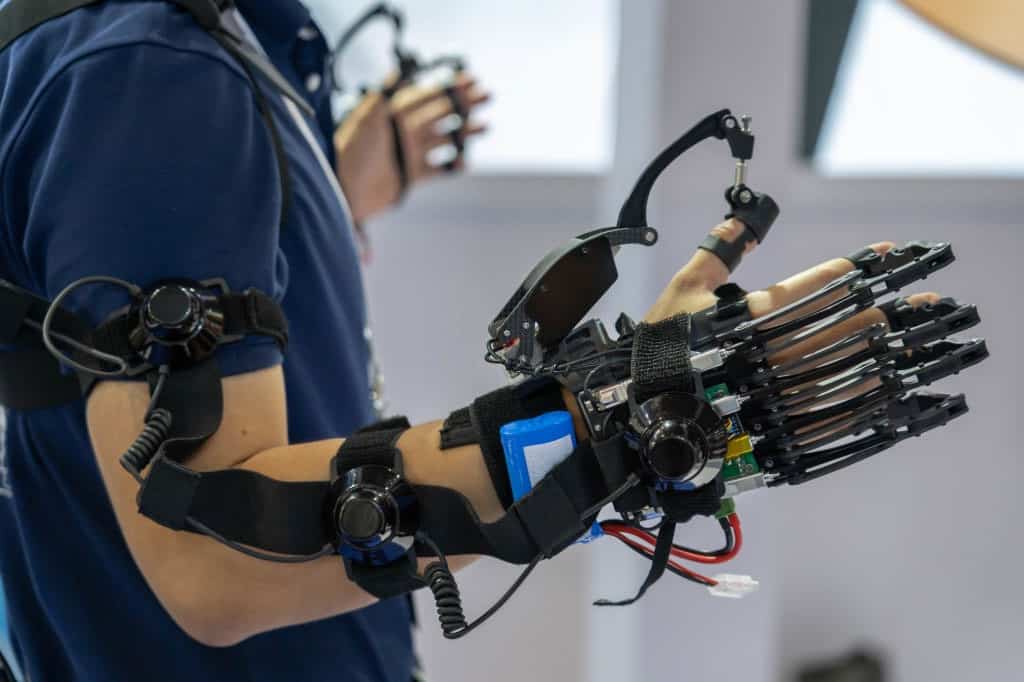
Baymax can be a reality in the future.
One of the most famous animated robot movies is Baymax, with an estimated sales of $657.8 million. Baymax is a robot that can diagnose any health problem of a human.
In real life, it is predicted that robots can diagnose health problems better than doctors in the future. On the other hand, artificial intelligence has proved that it can outperform medical specialists.
A robot can't replace a medical surgeon, yet.
One of the questions after the diagnostics is, can a robot replace a doctor? Probably not in the near future because it lacks surgery skills, and without the help of a human, it can’t complete its tasks. However, there is a robot-assisted surgery that has been criticized as expensive and unproven.

Asimo is the world's most expensive robot.
Asimo, a humanoid robot created by Honda, is the most expensive robot and the cost to build this robot took $2.5 million. It was created as a part of Honda’s research and development robotics program.
The self-driving mining robots are creating a huge impact on the mining industry.
Due to the dangerous jobs of underground mining, robot mining became popular. The robots can locate rare minerals underground. The self-driving mining robots are creating a huge impact on the mining industry in terms of cost and safety.
Ecobots turn wastes into energy.
The Ecobots from England uses bacteria-filled cells to produce electricity from rotten apples and dead flies. These Ecobots (Ecological Robots) are also known to collect energy from the waste in the environment.
60% of British people assume that there will be a robot in each house in the next 50 years.
According to research, around 60% of British people assume that there will be a robot in each house in the next 50 years and some of them can’t imagine a life where a robot isn’t present in the family. In conclusion, the demand for these robots is evidently rising and whether we like it or not, robots will play a vital role in human technology.
Was this page helpful?
Our commitment to delivering trustworthy and engaging content is at the heart of what we do. Each fact on our site is contributed by real users like you, bringing a wealth of diverse insights and information. To ensure the highest standards of accuracy and reliability, our dedicated editors meticulously review each submission. This process guarantees that the facts we share are not only fascinating but also credible. Trust in our commitment to quality and authenticity as you explore and learn with us.
